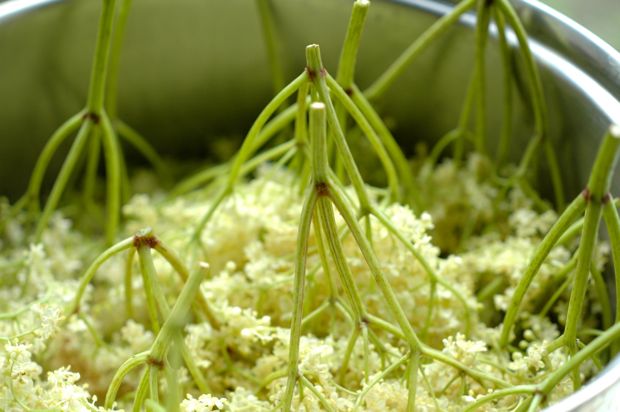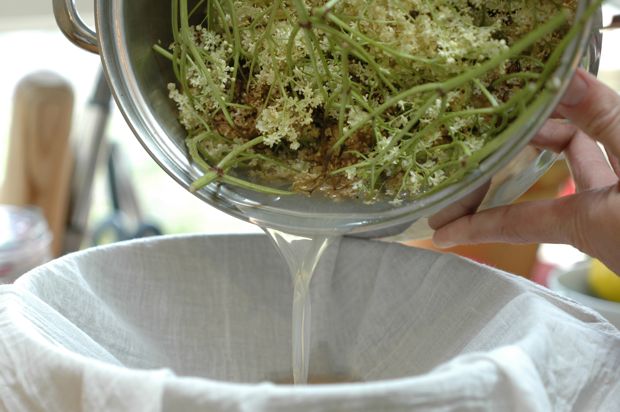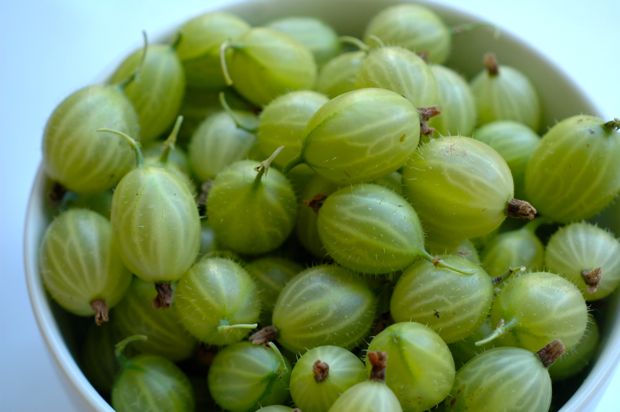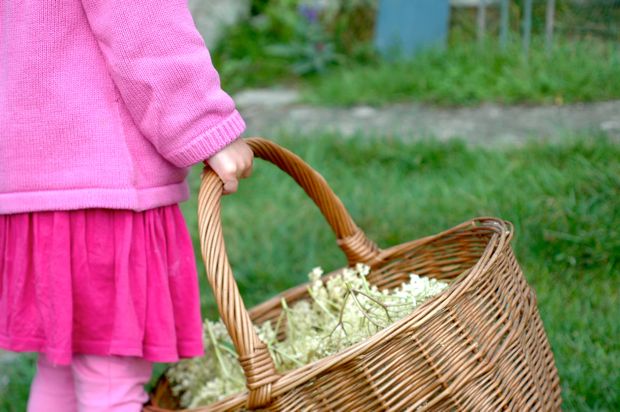If you’re looking for a fantastic dessert, then our Gooseberry and Elderflower Jelly recipe is sure to hit the sweet spot.
Gooseberry and Elderflower Jelly recipe:
Tracklements’ Gooseberry and Elderflower Jelly makes 6 jars (approximately)
Difficulty: Intermediate
Time (Cooking): 3 hours 30 minutes (not including leaving overnight)
Ingredients:
– 1kg gooseberries, as fresh as possible
– 100g elderflower heads – approximately 15 heads
– 750ml water
– 1kg raw cane sugar
– 25ml Lemon Juice
Method:
1. Simmer the gooseberries in the water in a saucepan until they are soft and mushy. This should take between 45 and 60 minutes.
2. Turn off the heat and then put the elderflower heads into the pan, and leave for several hours to cool and infuse.
3. Sieve the gooseberry and elderflower mash through a muslin overnight. Don’t press the fruit through or your jelly will end up cloudy.
4. In the morning measure how much liquid you have and weigh out an equivalent weight in sugar. So for 1 litre of liquid, weigh out 1kg sugar. For 900ml liquid, weigh out 900g sugar.
5. Put the liquid into a saucepan, bring to the boil and then pour in the sugar.
6. Bring back to a rolling boil and add the lemon juice.
7. Boil until the liquid reaches setting point, this should be between 15 – 20 minutes. Test by dropping a little of the jelly onto a cold saucer, counting to ten and pushing it with your fingertip. If the jelly crinkles, the setting point has been reached.
8. Pour into sterilised jars and lid.
Advice on preparing, making and enjoying your Gooseberry and Elderflower Jelly:
In case you’re wondering, there is no need to top and tail the gooseberries as they are going to be sieved (but it does make them look pretty if that’s your thing).
Also, once you’re in the process of sieving them, make sure not to push the mush through the muslin as this will result in a cloudy jelly (which is not a good thing in the world of jelly making.)
Once you’re done sieving and have left it overnight, boil the beautiful, fragrant, pink liquid that has strained from the mush, then add sugar and lemon and re-boil it. It is the lemon that gives the mixture some extra pectin, although ideally the gooseberries should be so fresh that it shouldn’t be a problem. Pectin denatures from when a fruit is harvested. If you’re really worried about the level of pectin in the jelly, you could use some Certo pectin alongside the recipe as well, just to be sure!
We know you’ll simply love this Gooseberry and Elderflower Jelly recipe from Tracklements! If you’ve got any super suggestions or tasty thoughts of what this can go with, we’d love to hear in the comments below.





